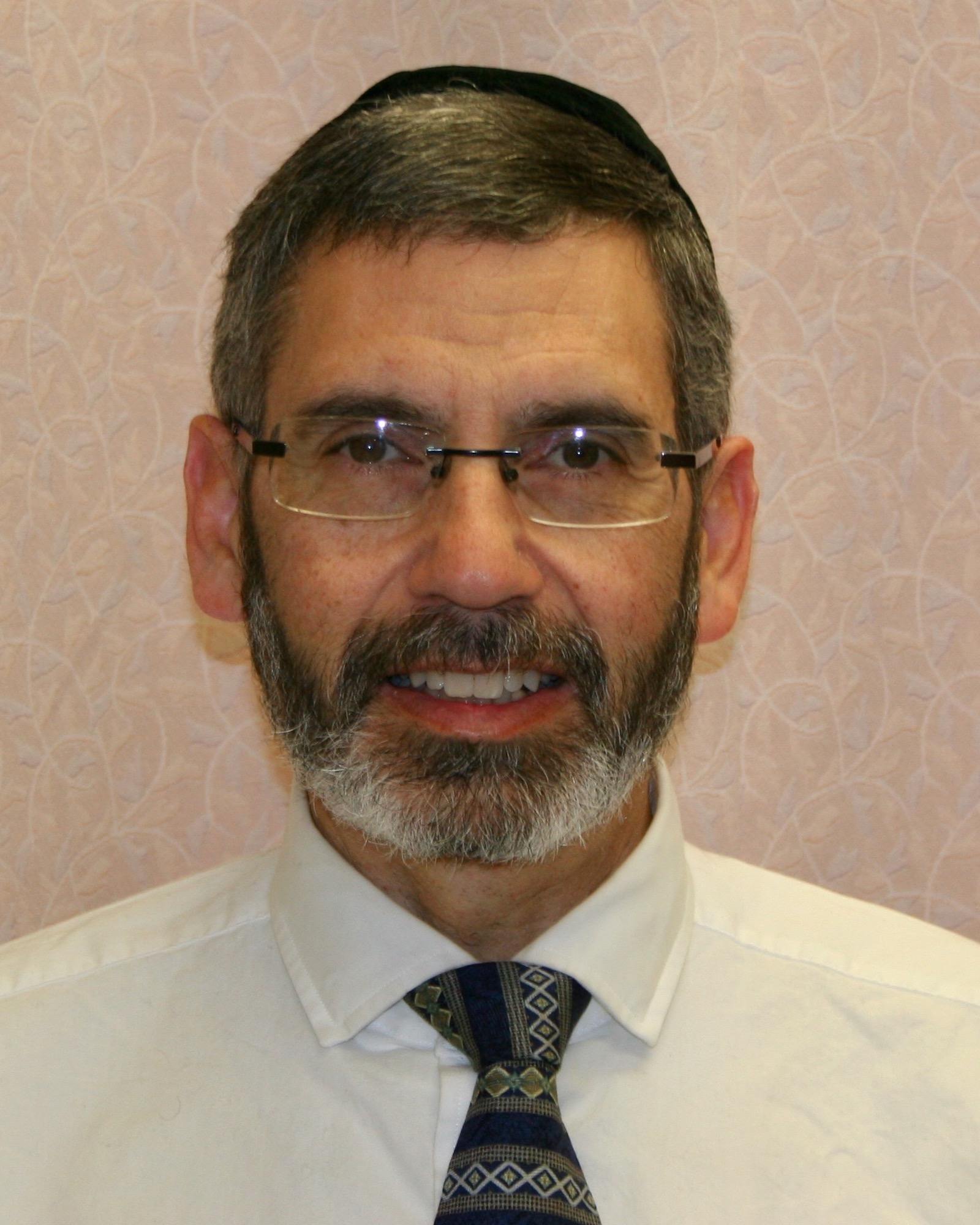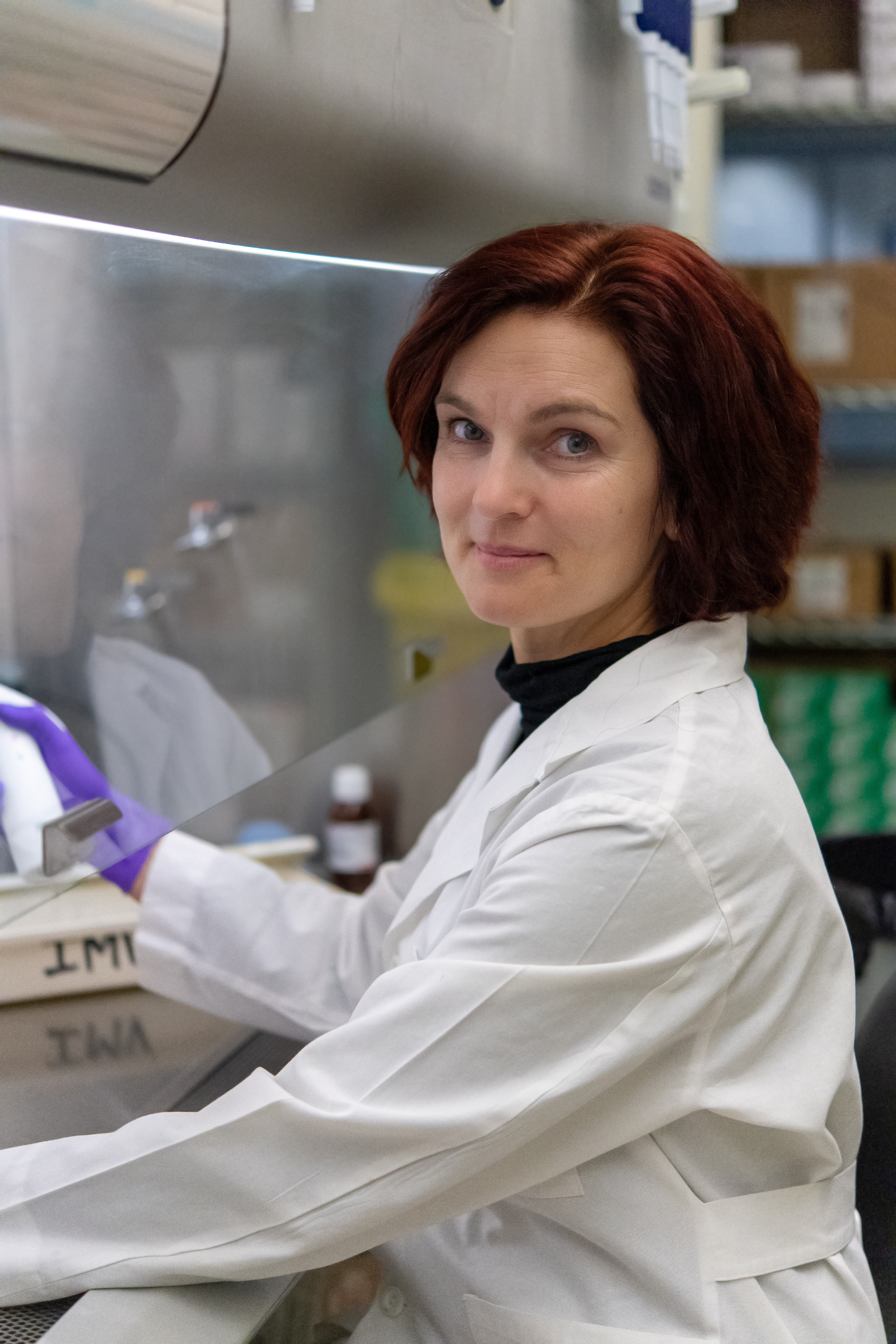Despite major advances in testing and treating HIV, including highly effective oral pre-exposure prophylaxis, there were 1.7 million new cases of HIV in 2019. Fifty-nine percent of these occurred in sub-Saharan Africa, where a high proportion of newly infected individuals are women. In order to see if facilitating PrEP delivery decreased HIV transmission in these areas, a flexible care delivery model of PreP for high-risk individuals was tested in 16 rural communities in Kenya and Uganda. The study paired community HIV testing with same-day access to PrEP in HIV-negative high-risk individuals, as well as follow-up appointments at week 4, week 12 and every 12 weeks thereafter until week 144. Location of follow-up visits, care, and PrEP refills was flexibly scheduled at local areas including homes, nearby schools, or community locations to facilitate follow-up and adherence.
Overall, 79% of individuals who started PrEP adhered to the program and follow-up visits. In 8 of the 16 communities, data from those who started PrEP was compared to data from people with similar demographic and risk profiles from the year before PrEP was available. In women, incidence of HIV was 76% lower in women and 74% in the overall population among individuals who initiated PrEP compared to control groups who did not. These finding suggest that this intervention strategy including access to PrEP in conjunction with existing testing, treatment and prevention sites can reduce HIV spread in these rural settings, especially when scaled up to meet the community’s needs through a flexible care delivery model.
Reference: Koss et al. HIV incidence after pre-exposure prophylaxis initiation among women and men at elevated HIV risk: A population-based study in rural Kenya and Uganda. PLoS Medicine. 2021 Feb 9; 18(2): e1003492.









